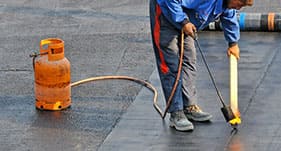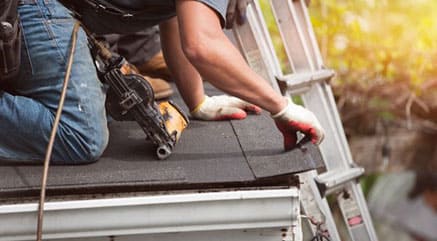Prepare and restore substrates before waterproofing
Before any waterproofing operation, especially if you plan to use the new liquid membranes, it is necessary to uniform the substrates using innovative rapid setting mortars which can be used in extreme environmental conditions. The best way to prepare and restore substrates before waterproofing, and achieve maximum results, is to use solvent-free systems. The goal is that all components work together to assure a long-lasting solution.
Substrate Assessment

It can certainly be said that a great waterproofing starts with how the foundations are prepared, whether concrete, cement-based screeds for flooring, covering of old bituminous membranes or plaster for wall treatment. Also, the above is true for any kind of intervention, especially when liquid waterproofing products are to be used. Each type of substrate has its own characteristics and its critical points. For this reason, the first thing to do is to carefully assess the type and the state of the substrate.
Another factor to consider is related to the weather conditions of the location where the foundations for the flooring are located. The analysis of the substrate will determine the actions to be implemented. Similarly, the different climatic areas require consistent evaluations and, generally, the latest generation products are recommended, as they guarantee excellent performance even in the most extreme conditions, from 0 to 45 Celsius, 32 to 113 Fahrenheit.
Substrate is ready to be waterproofed
Once the surface has been cleaned, flattened out and restored where necessary, the substrate is ready for waterproofing. We have already mentioned the use of waterproofing “systems” to guarantee the best practice for flat roofs as well as terraces and balconies. In fact, these innovative systems, while highly performing on the waterproofing side, also help to protect the substrate.
These new solutions do not need primers and are ready to use. There is no need to add any water nor other components such as solvents, which have been widely replaced by water-based solutions, for the benefit of people’s health and the environment.
It becomes clear how the use of these products saves materials, reduces installation times and allows easier and faster cleaning of the job sites.
Extreme weather conditions
The preparation of the substrate and the waterproofing phase can take place under extreme environmental conditions such as high humidity, presence of water, very low or very high temperatures. In this case, the liquid waterproofing product should be adaptable and able to withstand thermal shocks without problems and, at the same time, guarantee the perfect cross-linking of the waterproofing quickly.
Obstacles can easily become critical elements when we need to carry out a correct and long-lasting waterproofing process.


